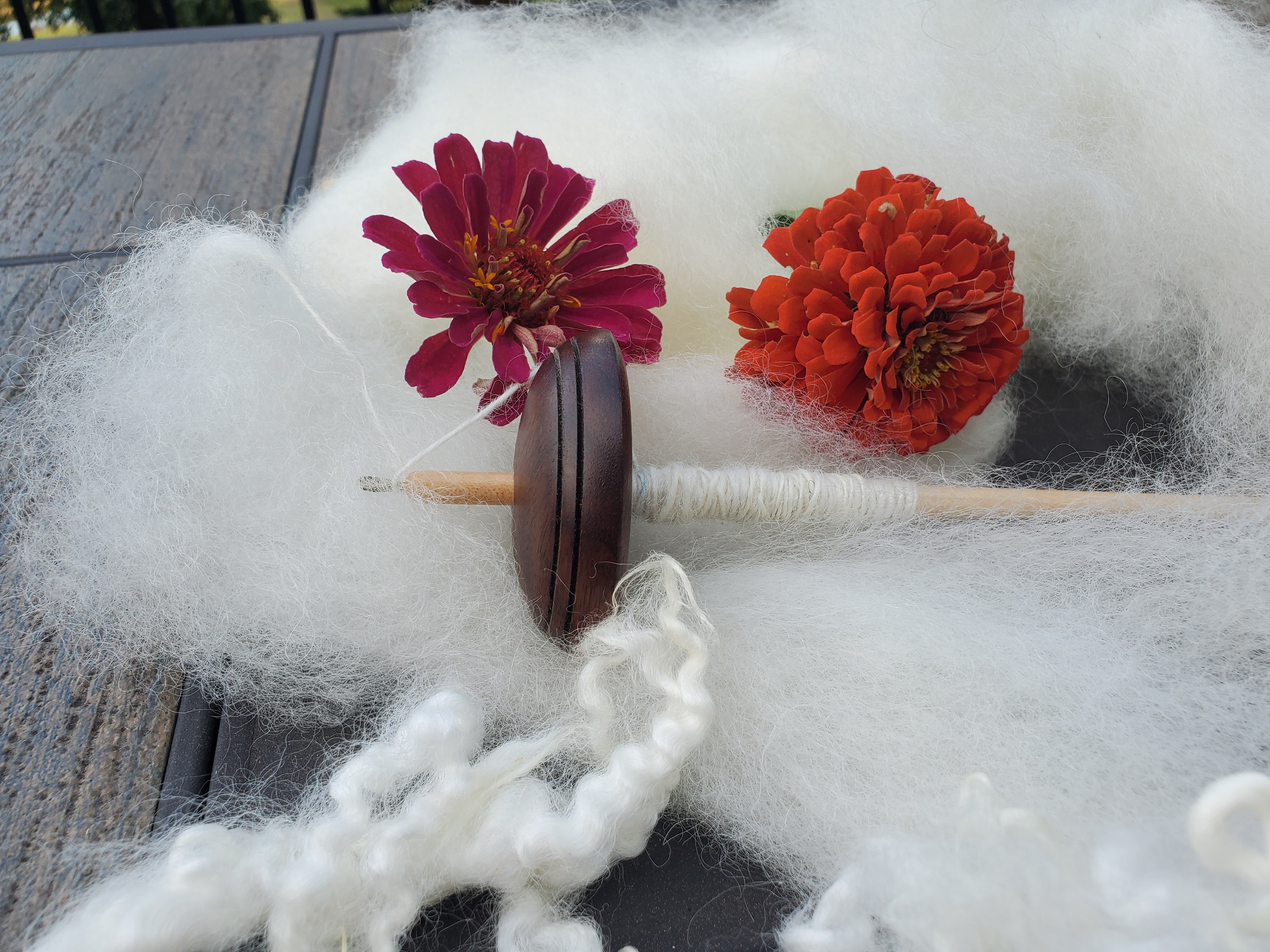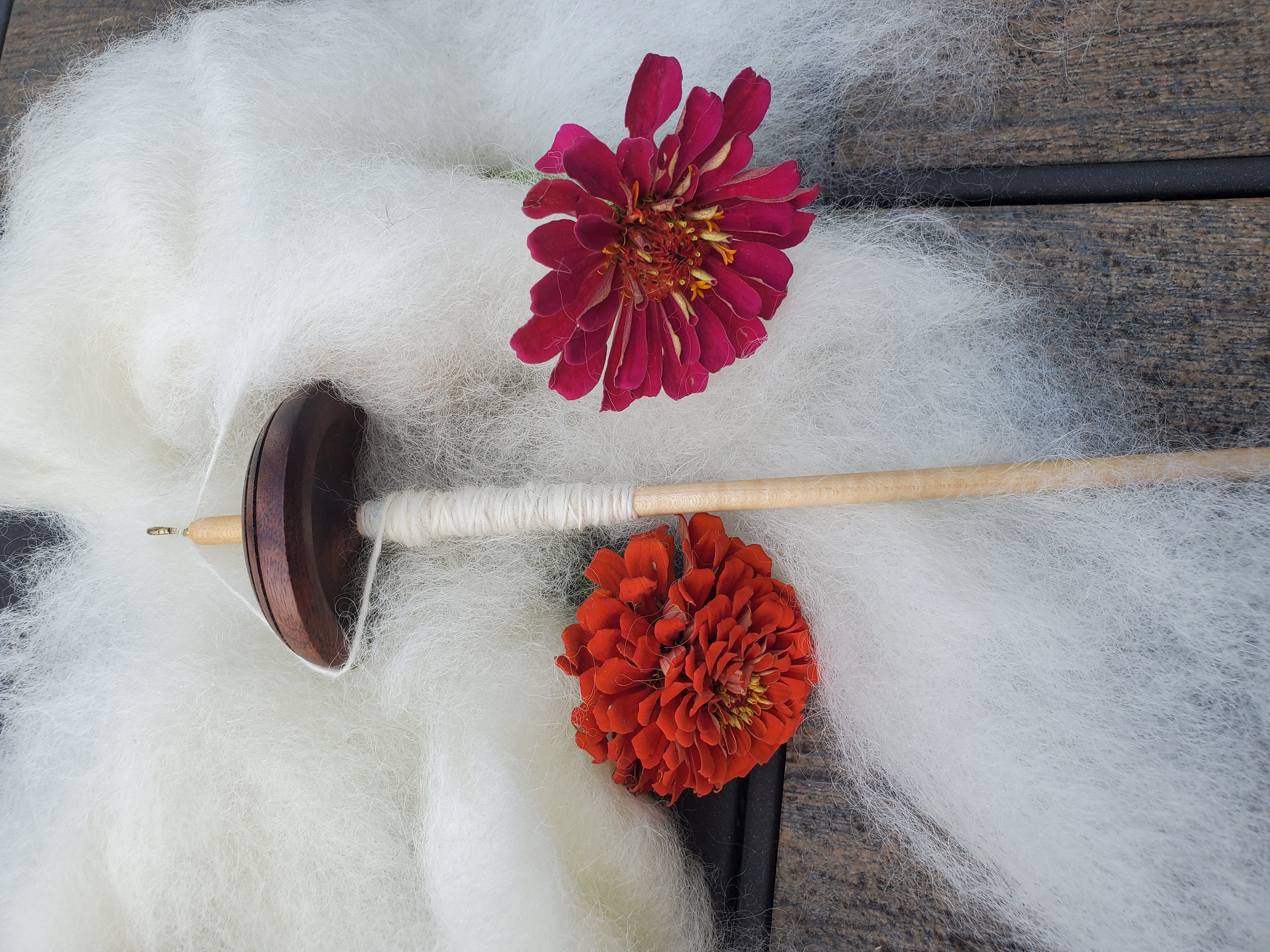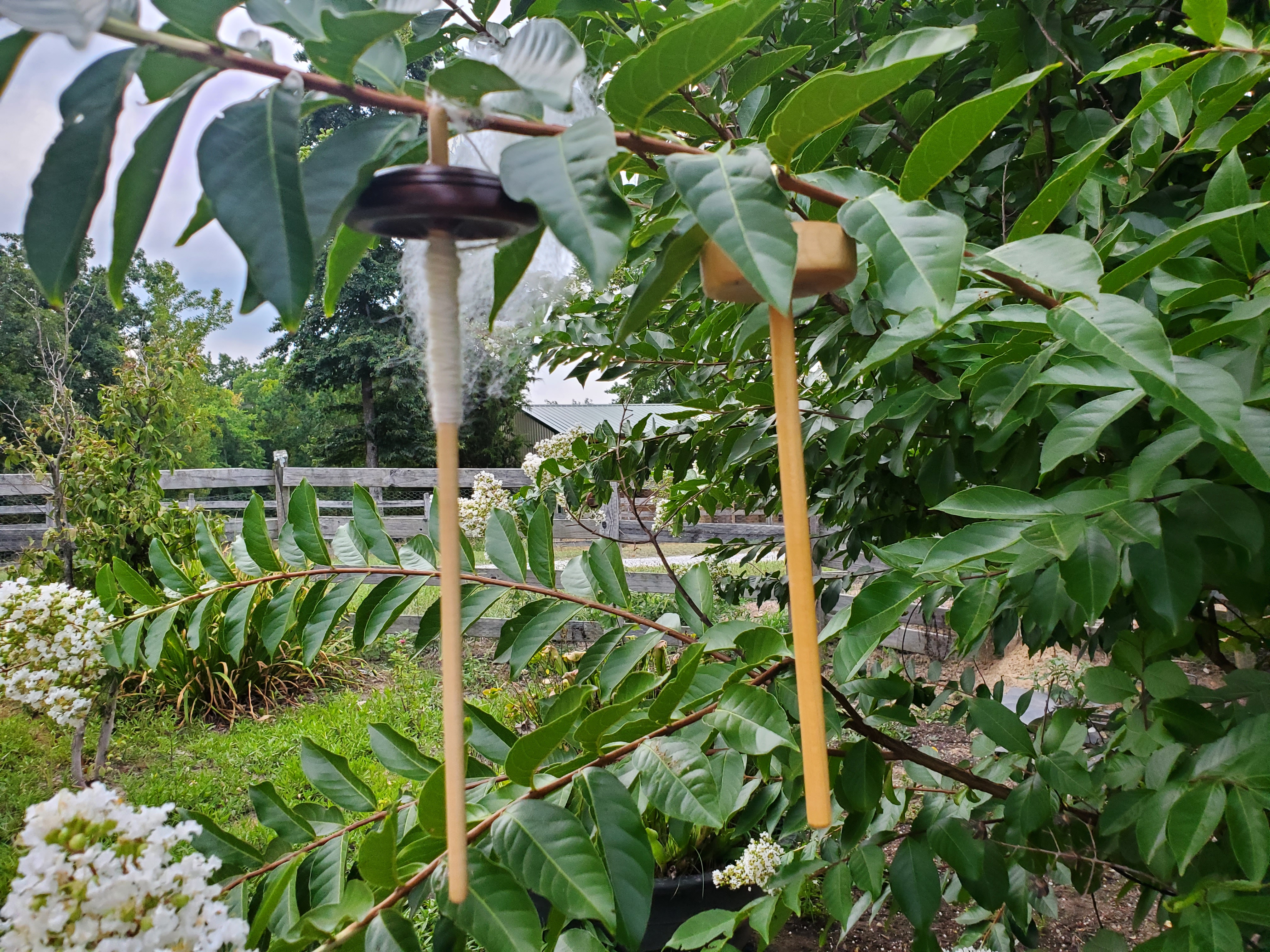Tuesday July 21, 2020
See how I spin

What comes first, the spinner or the wool? Actually, it’s a lot more complicated than that, because before the spinner comes the knitter, crocheter or weaver. I happen to fall into the knitting category. These days, with the COVID pandemic going on, we’re all at home more and looking for hobbies to do while we stay at home. Anything that has to do with yarn is popular at our farm, starting with sheep and ending with a knitted cowl for a Christmas gift. You see where this circular thinking is going.

Having wool from my own sheep to work with is a pleasure. I have my pick of the best parts of the best fleece to use as I please. Preparing the wool to spin is a whole blog or two in itself that you’ll get to read in the future. For now, I’ll tell you how to take baby steps toward becoming a spinner. It’s really very easy and inexpensive, besides being totally addictive. Anyone can afford to learn spinning with just a drop spindle and a bit of roving. It’s a portable little hobby that you can carry with you practically anywhere.
